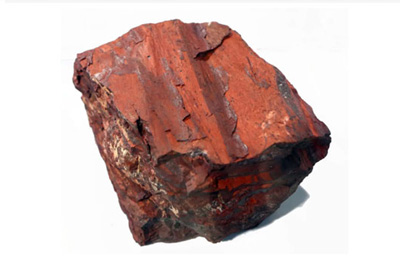Hematite is a common iron oxide mineral found in sedimentary, metamorphic, and igneous rocks. It is the most important ore of iron and is widely used in the manufacture of steel. Hematite is typically a reddish-brown to black mineral with a metallic luster, but it can also appear grayish-white in color. It has a hardness of 5.5-6.5 on the Mohs scale and a specific gravity of 4.9-5.3.
Hematite Crushing Technology:
Hematite crushing and processing involves several stages. The first stage is primary crushing, which involves a jaw crusher to reduce the size of the hematite ore into smaller particles. The crushed material is then fed into a cone crusher for secondary crushing. After this stage, the crushed material is screened to remove any impurities or foreign objects.

Hematite Grinding Technology:
The next stage in the process is grinding. Hematite ore is ground using a ball mill, which operates with steel balls that grind the ore into a fine powder. The resulting powder is then passed through a magnetic separator, which separates the iron from the non-iron material. The magnetic iron ore is then sent through a series of flotation cells, which separate the different iron minerals from one another.
The final step in the process is drying and shipping. The dried hematite concentrate is then ready for shipment to steel mills, where it is used in the manufacture of steel products.
In conclusion, hematite crushing and processing is an important step in the production of iron and steel. The process involves several stages, including primary crushing, secondary crushing, grinding, magnetic separation, and flotation. The end result is a concentrate of hematite that is ready for shipment to steel mills.
